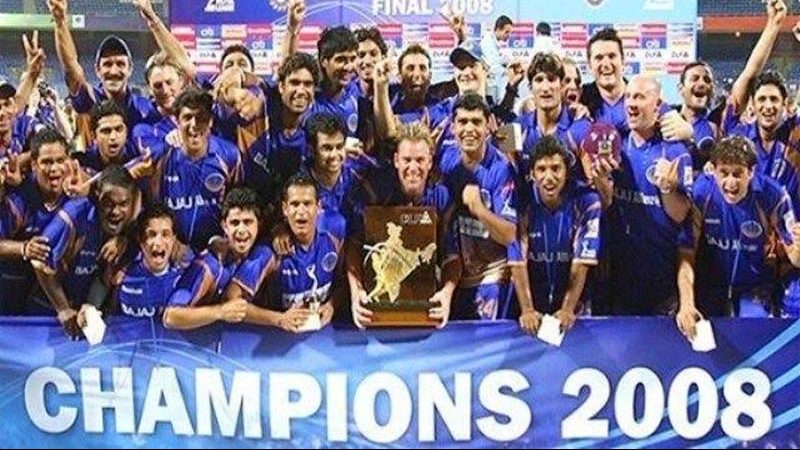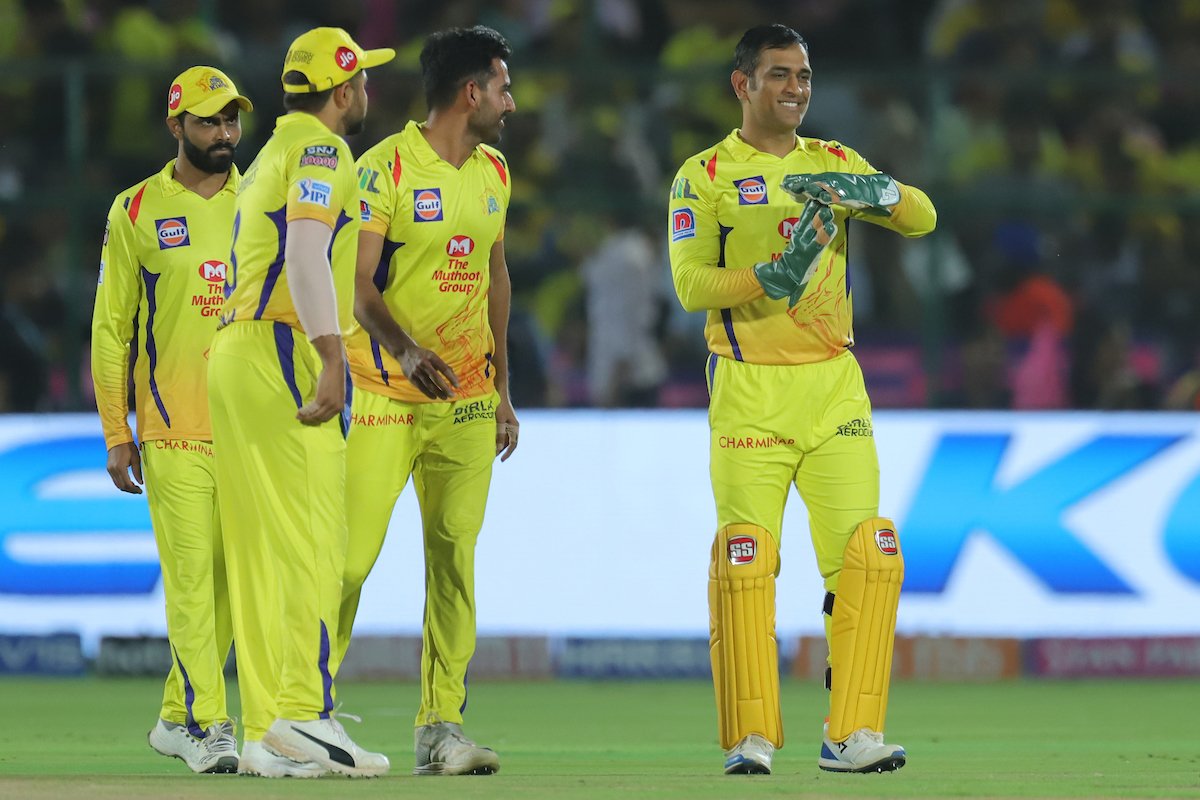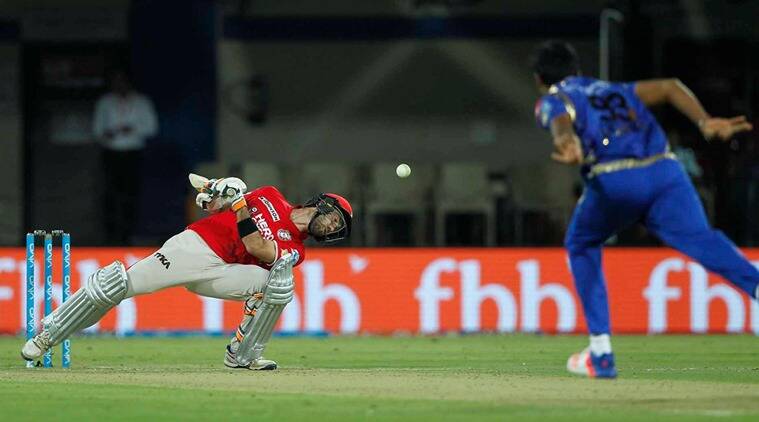5 major things that have changed in IPL since 2008

The Indian Premier League in 2008 revolutionised cricket forever. It was like a marriage between entertainment and cricket. It has become an annual bonanza ever since. The greatest T20 league in the world has undergone several changes since 2008. The tournament has evolved and become better every single year. Here are 5 major things that have changed in IPL since 2008.
1) DRS

One of the biggest changes in the IPL since 2008, has been the use of the Decision Review System. DRS is a utility for the players to try and challenge the on-field umpire’s decision. We have seen in the past, one wrong decision can change the entire complexion of the game. DRS was used in international cricket since 2008 but it wasn’t mandatory. It was incorporated in the IPL in 2018. Each team is given one review per innings. It uses technical tools such as Ultra-Edge and Hawkeye to make the correct decision. It is a welcome change since in a league as prestigious as the IPL, every wrong decision could be worth a lot.
2) Auto-no ball

A major controversy arose when RCB, requiring 7 off the last ball in a game last year, failed to take the game to a super over, but it was revealed on the big screen that bowler Lasith Malinga had overstepped. Despite that, the decision couldn’t be changed and RCB lost the match. No-balls are an integral part of the game, especially in T20 where one free hit can swing the momentum of the game. To make sure that no-balls don’t go uncalled, it was decided that the third umpire would keep a check on no balls. With the technology the third umpire has, it is easier for him to spot one than the on-field umpire. This system was tried out in an India West Indies series last year and has successfully been incorporated in this year’s IPL.
3) Concussion Substitutes

Concussion Substitutes were introduced in international cricket in 2019 and Marnus Labuschagne became the first concussion substitute after he replaced Steve Smith who was struck on the head by a Jofra Archer delivery. Every batsman who is hit on the head has to mandatorily take a concussion test. If he is found to be suffering from concussion, he has to immediately retire. Teams can then opt for a replacement, but it has to be a like-for-like replacement. This rule came in as an aftermath to the untimely and unfortunate demise of Phil Hughes after being struck by a bouncer. The concussions substitutes have been made applicable from the 2020 season itself.
4) Playoffs
Till 2010, teams would battle it out for 14 long games and then the top 4 would proceed to the semi-finals. However, the team which finished at the top of the table, with perhaps 10-11 wins, could have one bad day and be knocked out by a team finishing 4th with barely 6-7 wins. The luck factor made it unfair for the teams who had been consistent throughout the league. Hence, the playoff system was introduced in 2011. In this, the teams finishing top 2 in the league stage play the Qualifier 1 and while the winner goes straight to the finals. The loser gets another shot at the title and plays the winner of Eliminator; the match between 3rd and 4th placed teams in the Qualifier 2.
5) No Pakistani players
The Pakistani players were an integral part of the IPL in the inaugural season. Not only did their presence make it exciting for fans of both India and Pakistan, but their performances too were right up there. Sohail Tanveer emerged as the leading wicket-taker in the season and the likes of Shahid Afridi and Shoaib Akhtar emerged as match-winners for their respective teams. However, the 26/11 blasts in Mumbai changed it all. High tensions arose between the neighbouring countries and the Pakistani players were banned from playing in the IPL. That ban has stayed on ever since.
